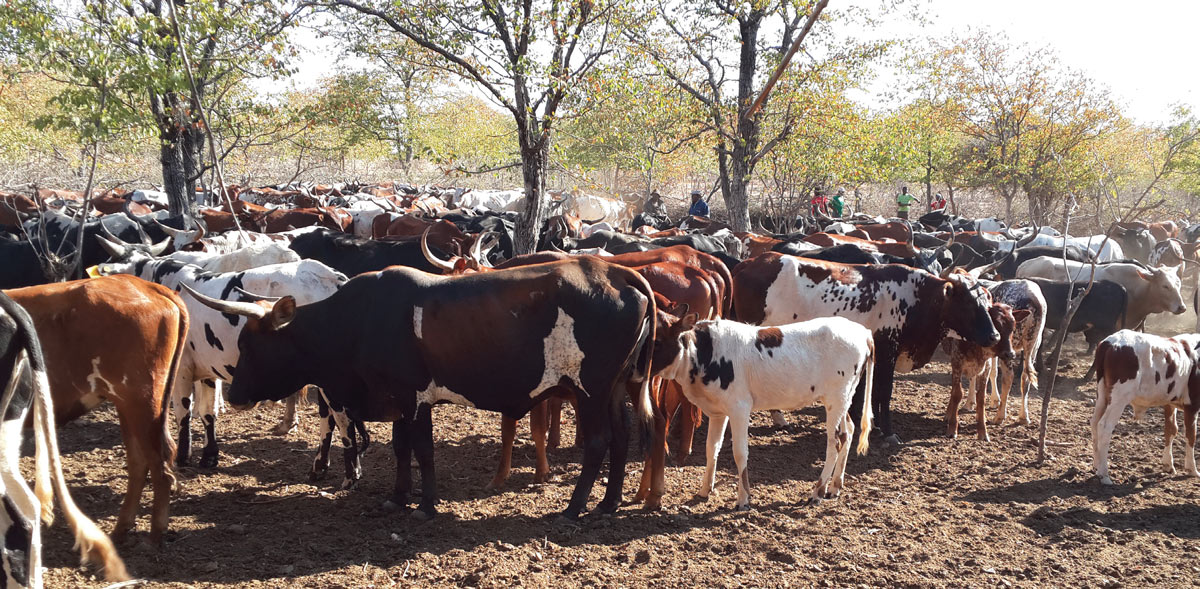 Professor Anita Michel
Professor Anita Michel
Close on a century ago bovine tuberculosis (BTB) affected a significant percentage of dairy cattle herds and posed a serious public health threat to humans – it is a zoonosis mostly transmitted via milk. While the disease has been eradicated in many developed countries, it is still a major livestock disease in South Africa and in the region, complicated by spill-over to 21 different indigenous wildlife species.
The research conducted by the BTB team in the Faculty of Veterinary Science, under the leadership of Professor Anita Michel, embraces the challenges posed by this multi-host disease through studies investigating the epidemiology, improving the diagnosis and exploring new control measures of the disease in cattle as well as in wildlife. Because BTB is a player at the wildlife-livestock-human interface, they have made it a priority to employ a ‘One Health’ approach to determine the impact of BTB on humans and their livestock in the Mnisi community, which borders the Kruger National Park.
Wildlife are translocated in their tens of thousands every year in South Africa. With an increasing number of buffalo, kudu, lions and other species being infected with BTB, such ‘stock’ movements may introduce the disease to new properties and areas. As a chronic infectious and progressive disease, the large scale spread to other animals only becomes apparent with time, as demonstrated by the research team’s epidemiological investigation of a BTB outbreak in the well-known Madikwe game reserve in the Northwest province.
At the start of the project, Jolly Musoke, a PhD student, established effective collaborative links with farmers and the community, and with the Department of Health and the Department of Agriculture, Forestry and Fisheries at both provincial and local levels. The rewards from this effort came in the form of the first evidence from Africa to prove that BTB was transmitted back from infected wildlife to neighbouring communal cattle. The research team was also the first to conduct an investigation of the zoonotic risk of BTB in humans in rural communities, with the good news that it did not appear to affect human health. The interest at this interface has resulted in collaboration and postgraduate supervision beyond national borders, in Mozambique, Tanzania and Eritrea. In early 2016, a second and bigger ‘One Health’ TB project will be launched in northern Kwazulu-Natal to gather much-needed research data to establish the impact of zoonotic TB on humans and of human TB on cattle.
Other research projects of this group investigate tuberculosis in small mammals (banded mongooses), as well as in African elephants in Zimbabwe and Zambia and buffalo in Botswana. All these projects involve extensive testing of wild animals using new diagnostic tests that require veterinary as well as laboratory expertise. Accomplishment of present research outputs would therefore not have been possible without dedicated and skilled postgraduate students and close partnerships with national and international collaborators.
